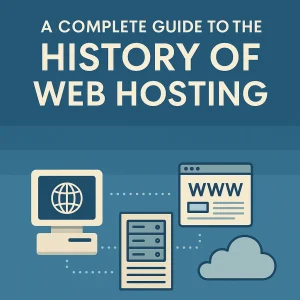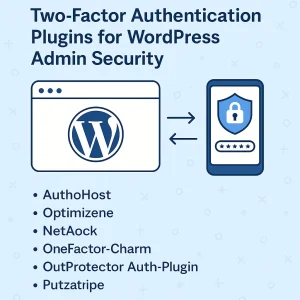One thing is for sure, and that is that there are an awful lot of adult-age humans on the planet right now and with that comes a whole lot of consumption of resources. This same over consumption is occurring in the digital world too, and it is a struggle to stay ahead of roaring demand while still providing consumers with what they want AND not being too wasteful or taxing on the natural environment while doing so. The Internet is a primary means of doing much with what those adults do in their personal and professional lives, and a large part of the challenge with the transition to Web 3 is accommodating the demand while still trying to be environmentally accountable.
Up until recently a lot of people didn’t know that all their online exploits, streaming, surfing and other activities of the like were contributing to global warming. Admittedly not contributing as much as other factors, but it all adds up and we are at a very pivotal time with regards to all this stuff. We won’t go on further about that, but what we do know is that Web3 and its applications, platforms, and assets have the potential to get us past some of the biggest challenges to global sustainability. But how actually compatible is Web3 when it comes to being a contributor to a net zero future like it’s being touted?
This is something that any good Canadian web hosting provider will be keeping an eye on, and those of us here at 4GoodHosting are no exception as much of what we do provides the underlying role in making websites available and facilitating all that happens after that. There are new projects that example how Web 3 is on the right track with this, but there’s also concerns about whether this lines up when the transition is complete.
There’s no backtracking to be done on this, so let’s use our entry this week to talk about Web 3 and Global Sustainability in Computing.
New Systems Need
The decentralized autonomous organizations, tokens and blockchain networks of Web3 have immeasurable potential to be the foundations of a sustainable world, but there is even more of a critical view to it based on the IPCC’s latest report advising transformative new systems are urgently needed to adhere to the Paris Agreement and to keep global temperatures below the mandated 1.5C degrees. But are disruptive digital technologies pushing climate change along faster in the same way so much else in our lives are?
Web3 is often referred to as the ‘read-write-own’ web because it puts control over governance and operations into the hands of its global users and promotes different avenues for value creation as seen in NFTs most notably. People who see the advantage it are quick to talk about ‘integrity’ when it comes to blockchain technology here, and it is true that they act as the foundation for Web3’s digital assets offer unique advantages for overcoming challenges to meaningful progress on sustainability.
All good, but there are studies that green assets like voluntary carbon credits aren’t making the difference that was foreseen for them, as more than 90% of credits fail to meet basic offset criteria. So there’s more demand for real proof of green value, and tokenization is the answer here as it offers the ability to trace origins and provenance of an asset through its metadata. Long story short, it is better in at least one regard because it is super transparent.
Automated Asset Generation
Another big selling point for Web3 is the way that it will allow Metadata information to be integrated with business systems and device intelligence for automated asset generation. There can be a carbon credit that pulls data from energy intelligence software, before verifying and certifying it through an ecosystem of authorities before it eventually stands separately as a fully tradeable and traceable digital asset.
Diverse types of ESG assets beyond carbon offsets can benefit from this asset verification process, and much has been made of how this will be ideal as certifications determining the legitimacy of low-emissions products like food or fuel, units of renewable power, and investments in sustainable projects like green energy or conservation.
Compatible platforms for the kind of borderless collaboration and international marketplaces required for a successful net zero transition are also going to be needed, and it is not as clear whether these developments are where they need to be given the imminent widespread incorporation of Web3 operating spheres. This shift is going to be huge, and whether there’s going to be the degree of collaboration needed remains to be seen.
One thing we do know though is that tokenization definitely has the potential to be an ideal way to encode leading global standards, and hold producers more reliably to account as to whether or not they are doing their part for the collective good when it comes to meeting goals for emission standards in the near future.
A decentralized future is what we should be aiming for here, where most people play an active daily role in the energy transition, rather than its current domination by industry and government. Web3 could do for the energy transition what it is predicted to do for the internet – bring greater numbers of contributors into the battle for a better future and starting with our information systems as we know them in the here and now.















